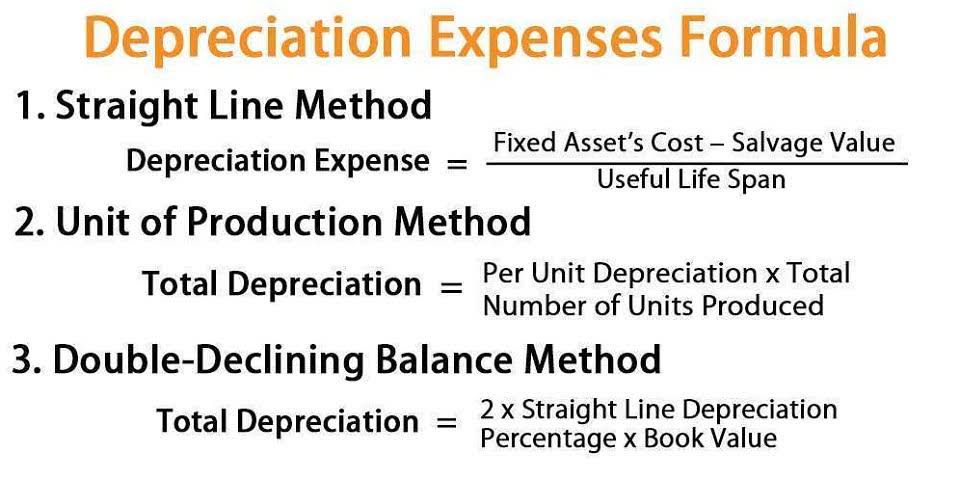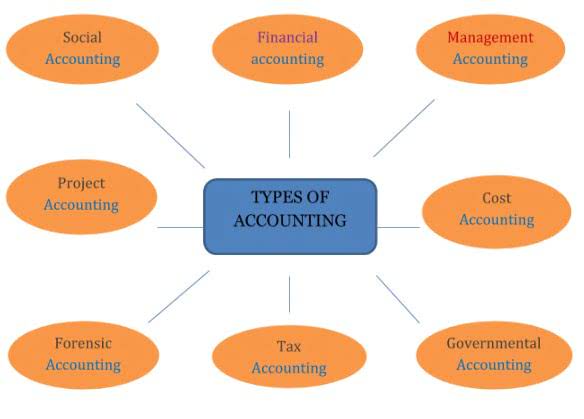
You can even compare your firm’s gross profit to other companies in your industry to stay ahead of the curve. A company’s gross profit is not just for reflecting on the profitability of gross profit a company—you can also use it to increase profits. To improve gross profit, focus on the components of the formula, including total revenue and the cost of goods and labor.

Gross Profit vs Net Profit: An Overview
- It helps measure the company’s ability to balance revenue generation with operational efficiency over time.
- Already know enough about gross profit and need to quickly calculate it?
- Gross profit, operating profit, and net income refer to a company’s earnings.
- For example, if you own a coffee shop, your revenue is the amount of money your customers pay for their coffee.
- Gross sales, also known as gross revenue, is the sum of all revenue a business generates before deductions.
- In the world of finance, understanding key performance indicators is vital to assess a company’s health and profitability.
Gross profit is just one of several financial figures that need to be taken into account. To understand the difference between gross profit and net profit, let us take a look at the income statement of Nike, Inc. for the period ending on May 31, 2022. It ledger account includes the material and labor costs directly used to create the good or produce its services. They are all found in the income statement of a company and represent profit at different parts of the earnings process and production cycle. It evaluates how well the company manages its production, raw material costing, labor costs, and spoilage due to manufacturing.
- Gross profit margin is the percentage left as gross profit after subtracting the cost of revenue from the revenue.
- Gross income will almost always be higher than net income since gross profit has not accounted for various costs (e.g., taxes) and accounting charges (e.g., depreciation).
- Here is a comparison chart of gross profit and net profit to highlight the key differences between the two.
- The cost of goods sold (COGS), or cost of sales, refers to all direct costs and expenses that go towards selling your product.
- Our team of reviewers are established professionals with decades of experience in areas of personal finance and hold many advanced degrees and certifications.
- Companies try to increase their revenue while keeping operating expenses under control.
How to Calculate Gross Profit
- For example, if a factory produces 10,000 widgets and pays $30,000 in rent for the building, a $3 cost would be attributed to each widget under absorption costing.
- Net income and net profit are the same single number that represents a specific type of profit.
- It determines how much money the business is directly spending to manufacture a product and how much profit is actually left behind after that.
- While there are several ways you can track and manage your cash flow, gross profit is one of the top contenders.
- It also includes any rent, utilities, or office supplies that are not directly used to create a specific product.
On the other hand, service-based businesses or SaaS companies have fewer direct production costs. Net profit is the remaining income after all expenses — including COGS, operating expenses, taxes, interest, and other costs — have been subtracted from the total revenue. Because it demonstrates how much money a company makes from its primary business operations, gross profit is significant. It is useful for comparing the profitability of various goods and services and for figuring out where expenses might be cut to boost profit margins. The gross profit formula in accounting is the profit after the deduction Food Truck Accounting of the cost of goods sold.

Where can I find gross profit?

These are fixed costs and can be used as part of net profit calculations, but aren’t needed for gross profit. COGS doesn’t include costs such as rent, utilities, payroll taxes, credit card readers, and advertising. You don’t include these indirect costs because they aren’t considered the materials or services you need to directly make your product. The cost of goods sold (COGS) balance includes both direct and indirect costs (or overheads).
- Yes, if a business has significant operational costs, interest payments, or taxes, it may have a high gross profit but a low net profit.
- Gross profit or gross income is defined as all revenues or sales a business receives, less the cost of making and distributing products.
- The overall profit made by the company after deducting all expenses related to producing and marketing all goods and services is known as gross profit.
- Gross profit is calculated by subtracting the cost of goods sold (COGS) from the total revenues.
- It accounts for all costs, including marketing and administrative expenses, that are not directly tied to the production of goods or services.
- Gross income or gross profit represents the revenue remaining after the costs of production have been subtracted from revenue.
Get free guides, articles, tools and calculators to help you navigate the financial side of your business with ease. A Company in Auto manufacturing has the following items on its profit and loss statement. If you are looking to outsource Paychex can help you manage HR, payroll, benefits, and more from our industry leading all-in-one solution. Learn more about how Paychex can help you grow and scale your business finances with our small business solutions. Selling a business can be one of the most transformative and emotionally charged decisions an entrepreneur will ever make.

